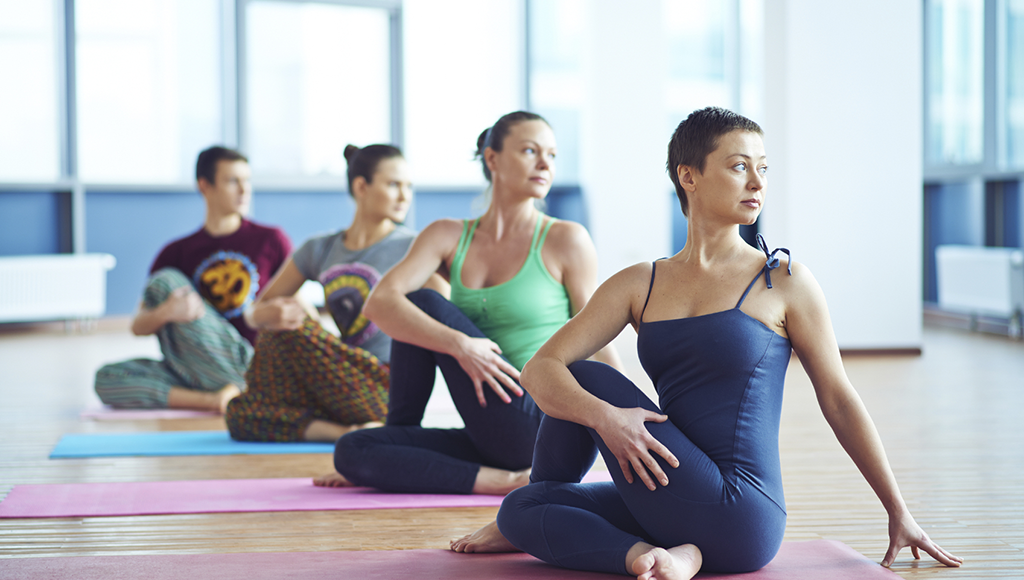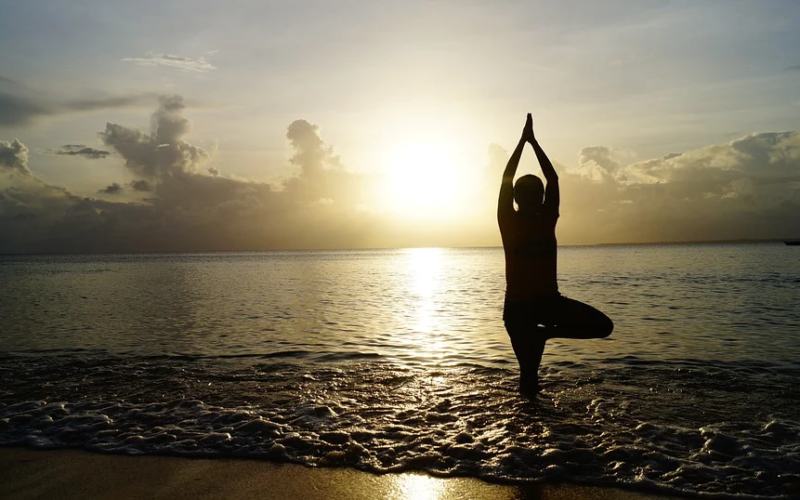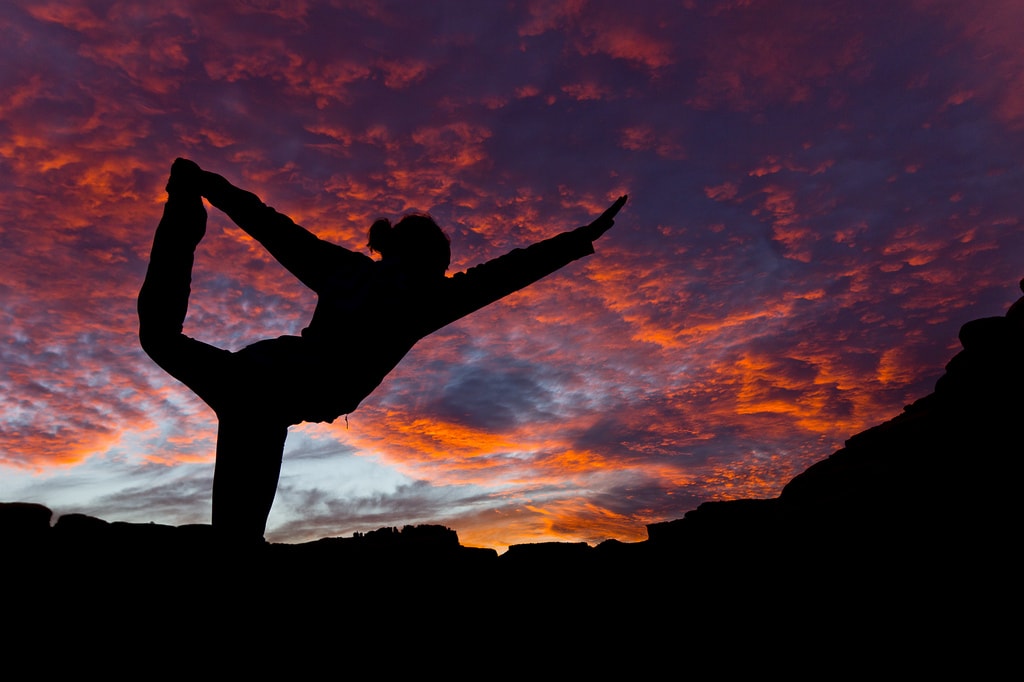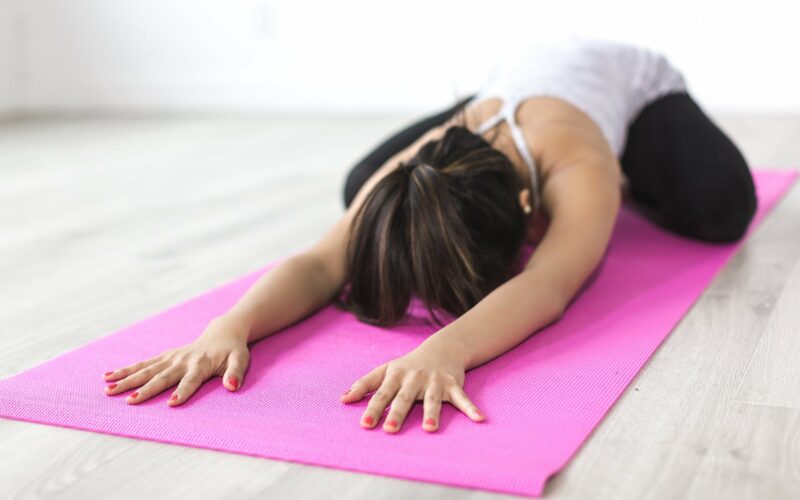Aging is inevitable – we all know that.
However, there are ways to slow it down or prevent the impact it has on our bodies. Yoga, for example, is a great anti-aging exercise, which can help to relieve anti-aging symptoms, as well as even improve certain medical issues too.
It doesn’t matter whether you have been doing yoga for years or you’re just now starting to get into it – it’s worth knowing how Yoga’s popular Eastern workout can help with the aging process.
The Anti-Aging Benefits of Yoga
1. Chronic Conditions
Chronic conditions can cause both mental and physical strain, not to mention that they can also hold you back when it comes to practicing yoga.
Luckily, yoga can actually help to maintain chronic conditions involving continual, chronic pain.
This is because it is an adaptable exercise that can be done wherever you are, whether that is in a hospital bed or even a chair. It may also help with the mental side of things too.
2. Issues Sleeping
We all know what it’s like to have issues getting to sleep.
However, for some of us, this occurs every night, which can result in insomnia, which affects our day to day. Yoga can help with issues like sleeplessness by encouraging a general sense of calm within the body.
Practicing yoga before bed that includes slow stretching, can help with feeling more tranquil and relaxed. It can also help you expel any energy that may be leftover from the day, making it easier to maintain a calm mind as you drift off.
3. Asthma
As we get older, we become more susceptible to health issues like asthma. If you’re already prone to this condition, it may only get worse as you age. If you find it particularly difficult to exercise as a result of asthma, yoga is a great option, as it keeps your heart rate pretty low in comparison.
It’s worth considering what type of yoga you do, though, as some classes will implement essential oils as part of the program, which could potentially trigger a bout of asthma. Therefore it’s worth finding one that doesn’t use essential oils to avoid being exposed to strong scents.
4. Blood Pressure

One of the most common symptoms of aging is higher blood pressure. There are many people out there that suffer from high blood pressure as they age, which can affect your day to day. From dizziness to shortness of breath, there are many negative side effects to having high blood pressure.
Some evidence out there indicates that yoga is an effective tool to use against high blood pressure. It’s important, though, to make sure that you only do yoga moves that keep your head above your heart. You may also want to try and avoid sequences that require you to sit or stand up quickly.
5. Hormonal Changes
Menopause can occur earlier in some women and later in others. Whatever age you may have experienced menopause, you’ll know that it can rapidly speed up the aging process. It can also bring on hot flashes, as well as changes in body temperature at any given moment.
Some studies indicate that yoga can help decrease the intensity of hot flashes that come about as a result of changes in hormones. You may also want to wear light clothing but have layers that you can remove if you get too warm. Of course, there are also different yoga options and vary in room temperature. Perhaps ask about the temperature before class.
6.Tightening and Stiffness Because of Decreased Collagen
As we get older, we lose the ability to move our muscles well, which also affects the connective tissue. This can result in things like stiffness and less confident with balancing. Regularly practicing yoga can help to reduce and even reverse some of the stiffness you may experience due to decreased collagen.
If you regularly stretch it out, you will be able to keep your body more flexible and fluid. The best part is, practice makes perfect – the more you do this, the easier you will find it, and the more flexible you will become. As long as you keep it up, you will be able to see noticeable, permanent changes.
7. Tears in Ligaments

As we age, we are more likely to tear ligaments and experience issues with muscles altogether. This is because we put an increased amount of pressure on joints, which can result in tears and abrasions. If your joint has been worn down to nothing, then you may need to replace it completely.
Yoga can help with torn ligaments in many different ways. First of all, yoga can help you strengthen the muscles that surround your joints. For example, if you use yoga to build up your hamstrings and glutes, then you will be able to protect your knees from further harm as a result of aging.
8. Arthritis
Arthritis is a degenerative condition that can get worse with age. From the joints of your hands and knees to the wrists and elbows, there are many parts of the body that arthritis can affect. From feeling stiff, arthritis can also limit motion, too.
Recent studies show that yoga can be effective at reducing the flexibility of your joints, as well as helping to manage pain better. When practicing yoga for arthritis, we recommend avoiding movements that require you to put a lot of weight on your wrists and hands.
Final Thoughts
As you can see, there are many reasons to try yoga, especially when it comes to the aging process. Not only is yoga an enjoyable and effective pastime that can help increase your fitness levels, but it can also slow down the effects that aging has on the body, making you feel younger and more mobile.
As you can see, there are many reasons to try yoga for anti-aging – just make sure that you choose the right type that fits in well with your personal preferences.
Anne Keiley
Latest posts by Anne Keiley (see all)
- 8 Best Infrared Light Therapy Devices & Lamps for Home (2024 Reviews) - April 17, 2024
- 5 Best Cayenne Pepper Supplements for Pain Relief (2024) - April 16, 2024
- 7 Best CBD Oil for Cardiovascular Disease & Latest Info - April 15, 2024





